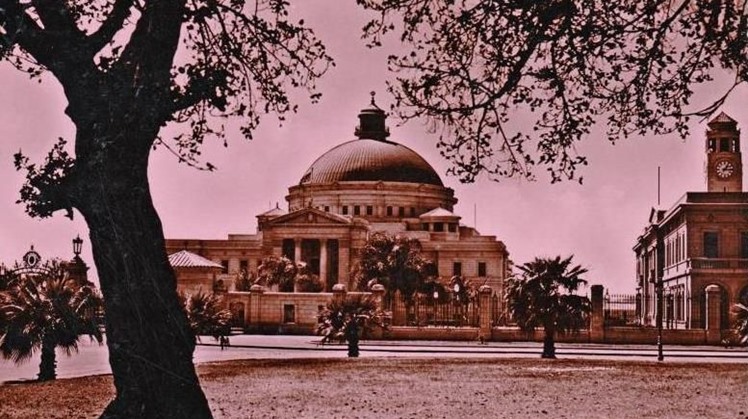Cairo University is a unique example of these timeless landmarks. The establishment of the various colleges at the university dates back to the era of Muhammad Ali, which represented the nucleus of the university’s formation, which was established at the end of 1908 under the name “The Egyptian University”, and this name remained for the university from its foundation until 1940, except The university's name was changed to Fouad I University from 1940 until 1952, and after the success of the July 23, 1952 revolution, the university was renamed to Cairo University, which is the current name of the university.
According to the official website of Cairo University, and the community witnessed two experiences: the first of which came individually, which was carried out by Ahmed Pasha Al-Minshawi in his late days, when he announced his desire to establish a university in the Basous and Abi Gheit regions, at his own expense, and he discussed with the distinguished scholars what this university requires of Initial expenses, annual expenditures, and in how to bring teachers and tools, and this idea was his preoccupation in his last year and the subject of his conversation day and night with Professor Sheikh Muhammad Abdo, but the mania preceded him.
It did not mean that the idea had died or had become impossible to achieve. Rather, on the contrary, the number of those who were fond of it increased, and the minds of the intellectuals and the elite of intellectuals and politicians who competed, out of a real desire, to write with their pens on the pages of the national newspapers, calling on people to subscribe. And confirming that its establishment with the money of individuals, whether poor or rich, indicates the rise of the nation, from its establishment with one person’s money, and they urged people to cooperate in this great matter.
The idea was very popular among the people, especially among the elite social group. Towards the end of 1906, we read in some newspapers about Mustafa Bey Al-Ghamrawi, who was one of the notables of Beni Suef, for an amount of 500 pounds to the Egyptian University, followed by numerous subscriptions in different newspapers, by other notables, and the newspapers began to appear every human day from Al-Sarat. Here, the project appeared suddenly on its own, and a large number of those keen to realize this idea requested the formation of a union to receive subscriptions and publish the invitation on a regular basis. It seems that some newspapers attributed false submissions to some of the rich, hoping that their owners will be ashamed, so that they achieve hope, with the power of shame.
The Egyptian University was inaugurated as a private university on the twenty-first of December 1908, in a solemn ceremony held at the Hall of the Laws Shura Council, in the presence of Khedive Abbas Helmy II and some state men and notables. The first president of the university was Ahmed Lotfy El-Sayed.
On the evening of the opening day, the study began at the university in the form of lectures, and since a permanent headquarters had not been allocated for it at that time, the lectures were given in separate halls that were announced in the daily newspapers such as the Laws Shura Council Hall, the High Schools Club, and the newspaper house until the university took a place for it In Saray al-Khawaja, Nestor Ganaklis, which is currently occupied by the American University in Cairo.
 Thu, May. 6, 2021
Thu, May. 6, 2021